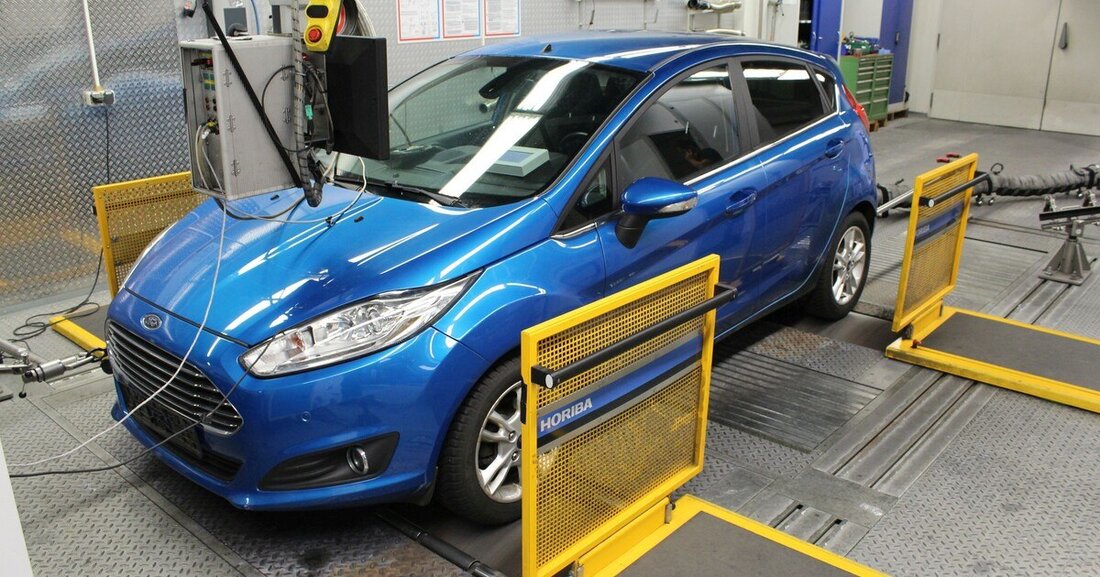E-fuels in practical testing
The Öamtc and its partner organizations tested biogenic and synthetic fuels for their practical suitability.

E-fuels in practical testing
CO2 emissions from road transport must fall significantly in order to achieve the climate goals. There is consensus on this, but the “how” is still being discussed. For the Öamtc it is clear: electromobility plays a central role, but it alone will not be enough. “We therefore advocate, in addition to a variety of accompanying measures, the rapid and widespread use of alternative fuels for combustion engines,” explains Öamtc chief technician Thomas Hametner. “The advantage: The existing fleet can be operated with less CO2 or almost CO2 neutral, depending on the degree of admixture to the fossil fuel.”
Together with its partner organizations, the Öamtc has tested biogenic and synthetic fuels for their practical suitability. Hametner summarizes the results: "There were no problems whatsoever when operating the test vehicles, regardless of the year of manufacture. An increase in pollutant emissions was also not measured." With the HVO diesel replacement, the opposite was even the case: pollutant emissions fell slightly in the test and the engine's responsiveness improved due to the fuel's greater ignitability. Tests were carried out on the laboratory test bench to determine whether the vehicles comply with the relevant requirements for approval even without fossil fuels.
Two types of alternative fuels were examined: E-fuels, which are produced synthetically from electricity, water and CO2 (which is taken from the air or industrial exhaust gases), and the diesel substitute HVO (Hydrogenated Vegetable Oils), obtained from used oil and fat. While the latter are already being produced on a larger scale, e-fuels are still in their early stages - manufacturers are waiting for a clear commitment from politicians before investing in expensive systems. “It will of course take time to ramp up production and produce large quantities,” says Hametner. "However, a mixture of alternative and fossil fuels is also possible, so that the e-fuel share can be continuously increased. In this way, the fossil share in the existing fleet could be continuously reduced, which would make an important contribution to environmental protection."
It is also clear that energy from renewable sources must be used to produce e-fuels so that they can exploit their CO2 advantage. This is hardly possible in Austria or Europe. Therefore, industrial-scale production only makes sense in areas of the world with lots of wind and sunshine. However, this entails long transport routes, which significantly reduces efficiency. On the other hand, according to the Öamtc expert: "Unlike electricity, e-fuels can be stored and transported over long distances comparatively easily. If we want to achieve the climate goals, then we have to use all possibilities - this includes electromobility as well as alternative fuels."

 Suche
Suche
 Mein Konto
Mein Konto